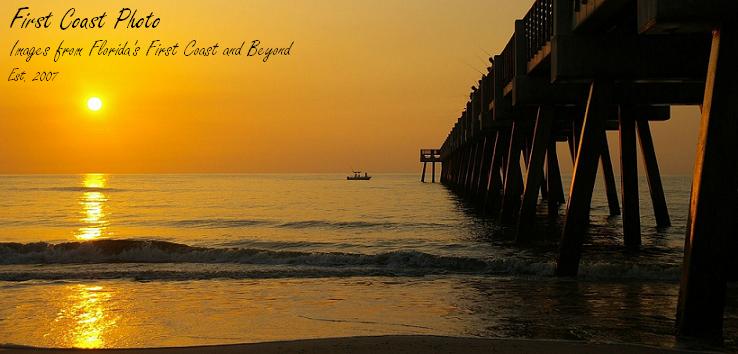Our first stop of the day is Fort George Island, one of the many "islands" that lie east of Jacksonville on the north bank of the St. Johns River. They aren't islands like you find in Hawaii, rather they are barrier islands separated from each other - and the mainland - mostly by tidal marshes and creeks. Fort George Island is separated from the Atlantic ocean by two other isladnds that lie to its east - Big Talbot and Little Talbot islands. As such, Ft. George is more protected from the elements and made a better location for settlements of the native indians - popularly called the Timucua - and later white settlers from Europe beginning in 1562. Still standing today as a historic park on the island is Kingsley Plantation, originally founded in 1793.
The island has changed hands many times over the years, spending much of its time as a plantation growing sea island cotton, citrus, corn, sugar cane, beans, etc. Prior to the arrival of the French in 1562 it was home to a Timucuan indian settlement and had been occupied by natives for many thousands of years.
.JPG)
A view looking south from a bluff on the island's eastern side.
Tomorrow I will show some photos of our ultimate destination on the island - the Ribault club - for a state park sponsored lecture on the Timucuan indians and their place in history vs. the findings of archaeology.
A view from near the Ribault club looking north towards Big Talbot island. Note the tall sand dunes on the opposite shore.

.JPG)
.JPG)


No comments:
Post a Comment